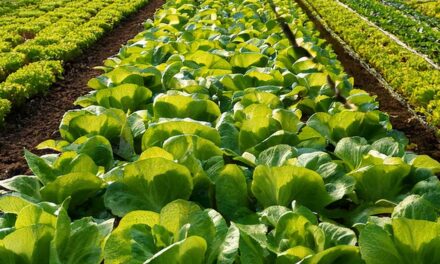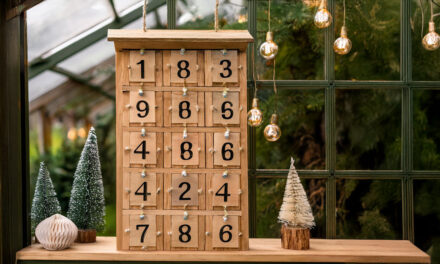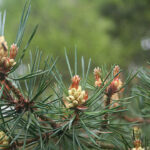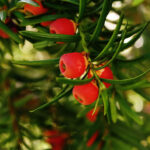
Blue Spruce: The Elegant Christmas Tree

The Blue Spruce (Picea pungens) is a widely recognized Christmas tree known for its distinctive blue-grey needles and symmetrical form. Native to North America’s Rocky Mountains, it combines aesthetic appeal with functional durability, making it a preferred choice for holiday decor. Its robust branches and excellent needle retention also contribute to its continued popularity in both residential and commercial Christmas tree markets.
Blue Spruce Discovery and Origins
The Blue Spruce, is native to the high-altitude regions of the Rocky Mountains, specifically in the western United States. It thrives in cold, well-drained soils, often found along riverbanks and in mountainous terrains. The species was first documented in the late 19th century during botanical surveys of the region. Early explorers and settlers were drawn to its striking appearance and hardiness, traits that would eventually lead to its widespread use as both an ornamental and practical tree.
Due to its adaptability to harsh climates, the Blue Spruce became a symbol of resilience. Over time, it was introduced to various regions beyond its native habitat, where its popularity as a Christmas tree began to grow.
Characteristics and Appeal
The Blue Spruce is easily identified by its dense, silvery-blue to green needles. These needles, coated in a waxy layer, serve to protect the tree from the elements and help it retain moisture in its natural habitat. The stiff, sharp needles also provide natural defense against browsing animals, further contributing to the tree’s resilience.
As a member of the pine family (Pinaceae), the Blue Spruce has a naturally conical shape, which makes it ideal for use as a Christmas tree. While it can grow up to 75 feet tall in the wild, cultivated varieties are typically pruned to maintain a more manageable height for display purposes. The tree’s spread is equally impressive, with branches that can extend 25 to 30 feet in diameter at full maturity, though the cultivated varieties are generally smaller. Its strong, well-spaced branches allow for the easy placement of ornaments without the risk of sagging.
Image by Arria Belli via Flickr / CC BY 2.0
Cultural Significance and Christmas Adoption
The Blue Spruce’s rise to prominence as a Christmas tree began in the early 20th century. Its unique colour and conical shape made it stand out among other conifers traditionally used for Christmas celebrations. The tree quickly gained popularity, especially in regions where it was native. By the mid-1900s, the Blue Spruce had become a staple in both private homes and public Christmas displays, appreciated for both its visual appeal and practical characteristics.
Header image by James St. John via Flickr. Image cropped / CC BY 2.0















